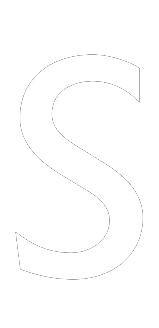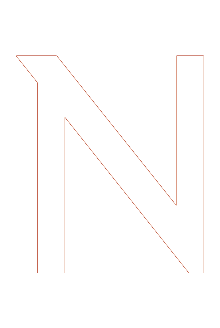The Decree, on the one hand, has intervened by specifying in Article 3 that the collective entrepreneur must adopt an adequate structure not only of organization, but also of administration and accounting. It can be said, in other words, that the need for an accounting, finance and control structure is codified.
In addition, the Decree establishes the purposes of measures and the criteria of arrangements; measures and arrangements, for the purpose of timely detection of business crisis, are understood to be "suitable" and "adequate," respectively, if they enable:
- (i) detect any imbalances of an equity or economic-financial nature, related to the specific characteristics of the enterprise and the business activity carried out by the debtor;
- (ii) verify the sustainability of debts and the prospects for business continuity for at least the next 12 months and detect the signs referred to in paragraph 4 (referred to below); and
- (iii) derive the information necessary to follow the detailed checklist and conduct the practical test for the verification of the reasonable pursuit of recovery, pursuant to the new Article 13(2) CCII.
It should be noted that the second criterion also follows from the new definition of "crisis." In general, the clear purpose emerges that the arrangements intended by the law primarily oblige the company to check the DSCR, noting whether there is excess debt or scarcity of cash flows to service debt.
As a result of the adjustments made by the Decree, pursuant to Article 3(4) CCII, the following constitute signals:
- (a) the existence of payroll debts overdue for at least 30 days equal to more than half of the total monthly payroll amount;
- (b) the existence of payables to suppliers that are at least 90 days past due in an amount exceeding the amount of payables that are not past due;
- (c) the existence of exposures to banks and other financial intermediaries that have been past due for more than 60 days or that have exceeded the limit of credit facilities obtained in any form for at least 60 days, provided that they represent in the aggregate at least 5 percent of the total exposures
- (d) the existence of one or more of the exposures owed to the IRS, INAIL and INPS in the thresholds stipulated in the new Article 25-novies, first paragraph, CCII.


